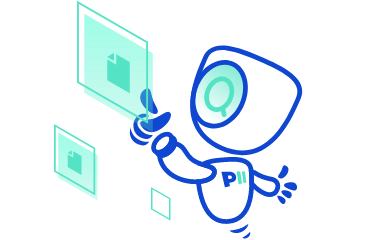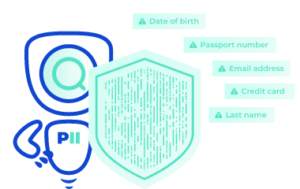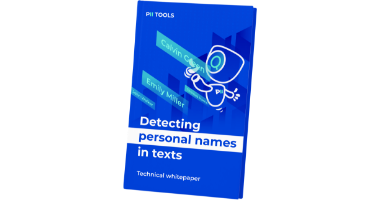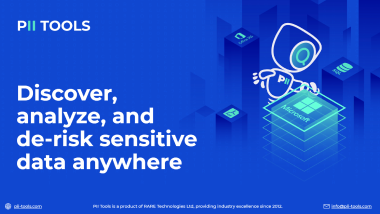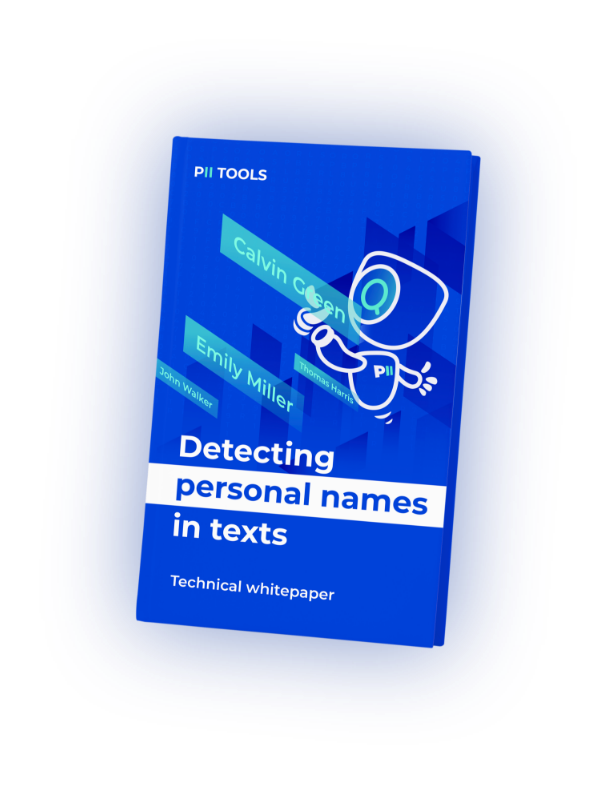Cyber-attacks are at an all-time high, and AI has only made them more rapid and efficient than ever. What are the best ways to protect yourself when “fighting against the machines”?
A Newest Calamity
In 2020, the World Economic Forum issued its yearly Global Risks Report, claiming cyber-attacks now stand alongside natural disasters and climate change as one of humanity’s top ten worldwide risks.
Fast-forward three years, and the situation hasn’t improved. Widespread cybercrime and cyber insecurity still hold the 8th position on this list, both for the 2-year and 10-year period.
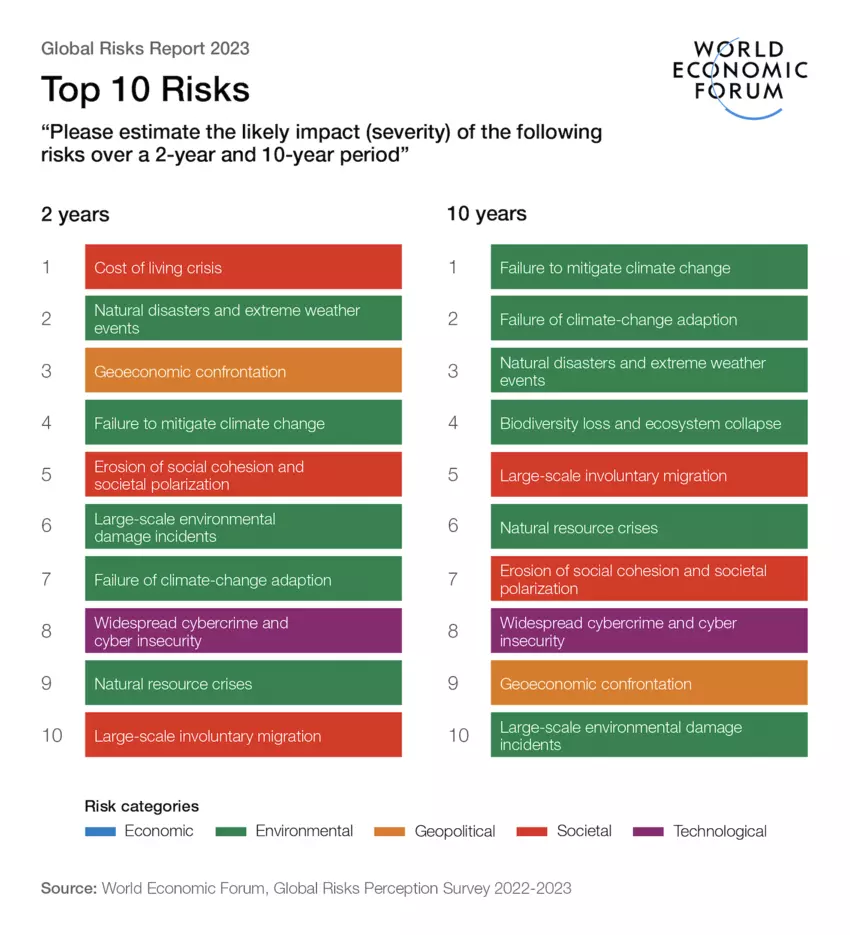
But it’s the inclusion of Artificial Intelligence (AI) that really ups the ante in both cyber-attacks and cyber security. According to this same report, “…the yielding advancements in AI… will provide partial solutions to a range of emerging crises…”, while the other side of the AI coin is “exposing populations to direct domestic threats and a rise in cybercrime”.
Fight Fire with Fire
That leads us to the conclusion that the best response to AI-driven cyber-attacks is nothing other than AI-driven defenses. As backward as the “fight fire with fire” trope might be, many companies around the world have reported notable success by arming themselves with AI-powered defense mechanisms.
This entire issue essentially boils down to two teams: ‘Offensive AI’ and ‘Defensive AI’. Cybercriminals deploy offensive AI against an organization’s defensive counterpart, and may the best AI win.

So, what exactly is the ‘best AI’, and how can you ensure your defenses aren’t being out-learned while you’re still reading this article?
The More Data, the Better
Offensive AI’s biggest weakness is often its lack of specific information about your company, system, or security framework. Offensive AI uses machine learning to glean as much data as it can from every source available, but without direct access to your data storages, it can never 100% adapt to your scenario.
Defensive AI, on the other hand, can do the exact opposite. Companies can teach their AI system straight from the source, providing it with direct access to every piece of information it’s meant to protect. In other words, your AI security system can use machine learning to develop a complex understanding of every user and device on the network.
This allows the defensive AI to learn what “normal” activity looks like and to immediately highlight any action appearing out of the ordinary. Imagine you’re creating a ‘bird’s-eye view’ over your entire system, headed by the defensive AI, hunting for any signs of suspicious movement.
Data Discovery
But this strategy only works if you’re able to gather all your data together and have it safely evaluated by defensive AI. Without direct access to an organization’s data source, the AI has nothing to learn from.
One of the best strategies for providing this much-needed access is to deploy AI-driven data discovery software within your framework. In fact, this is another example of how AI can be used defensively to fight against offensive AI.
Quality data discovery software is used to discover, analyze, and remediate sensitive data. Every company has seemingly infinite loads of information, and not all of it is always stored in the correct location. Data discovery software uses AI to discover that data, highlight its risk level, and provide remediate options for you, including deleting the info altogether.
For a deeper dive into how data discovery software works, check out our article dedicated to the subject.
Machine vs Machine
Now, there are countless other steps you can take today to improve your cyber security. Everything from employee trainings on how to avoid phishing scams to improving your overall password strength.
These types of steps work great on the ‘human side’ of this issue. But when it comes to AI, this matter truly is a ‘battle for the machines’. And as simple as it is to say, “Just get better AI”, as the solution to cyber-attacks, there really is no way around it. Not combating AI with AI is like trying to hold down a fort with spears and axes while the enemy uses cannons and gunpowder.
Simply put, the best way to protect yourself against AI-driven cybercrime and cyber-attacks is to deploy defensive AI that uses machine learning to fully understand your security framework and specific data environment.
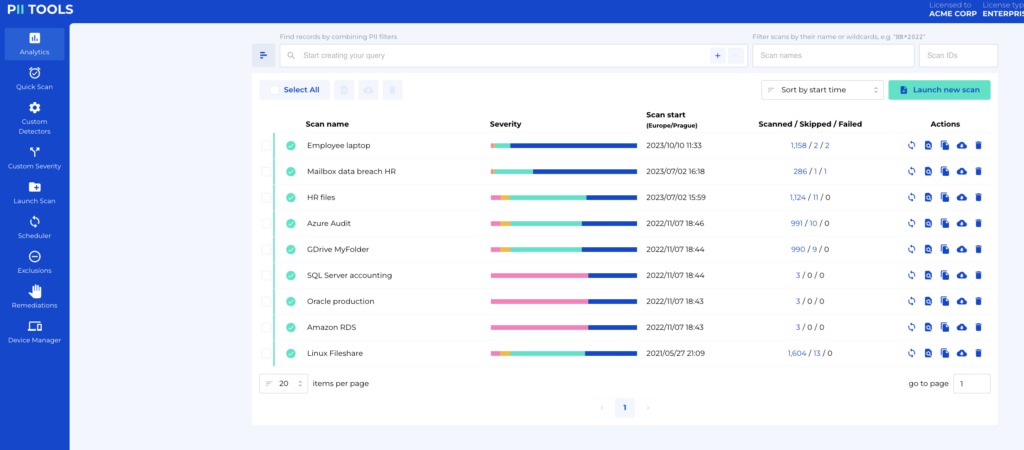
Ready Your Defenses Today
When it comes to AI attacks, there’s no time to sit around and hope for the best. You have to protect yourself by deploying the best cybersecurity measures, both driven by humans and algorithms. Don’t get caught defending your precious data with old tech – use AI-driven data discovery software to safeguard your data today.
Need to Protect Your Data But Can’t Pinpoint Its Location? Try the Free PII Tools Demo to Discover All At-Risk Data Automatically!
